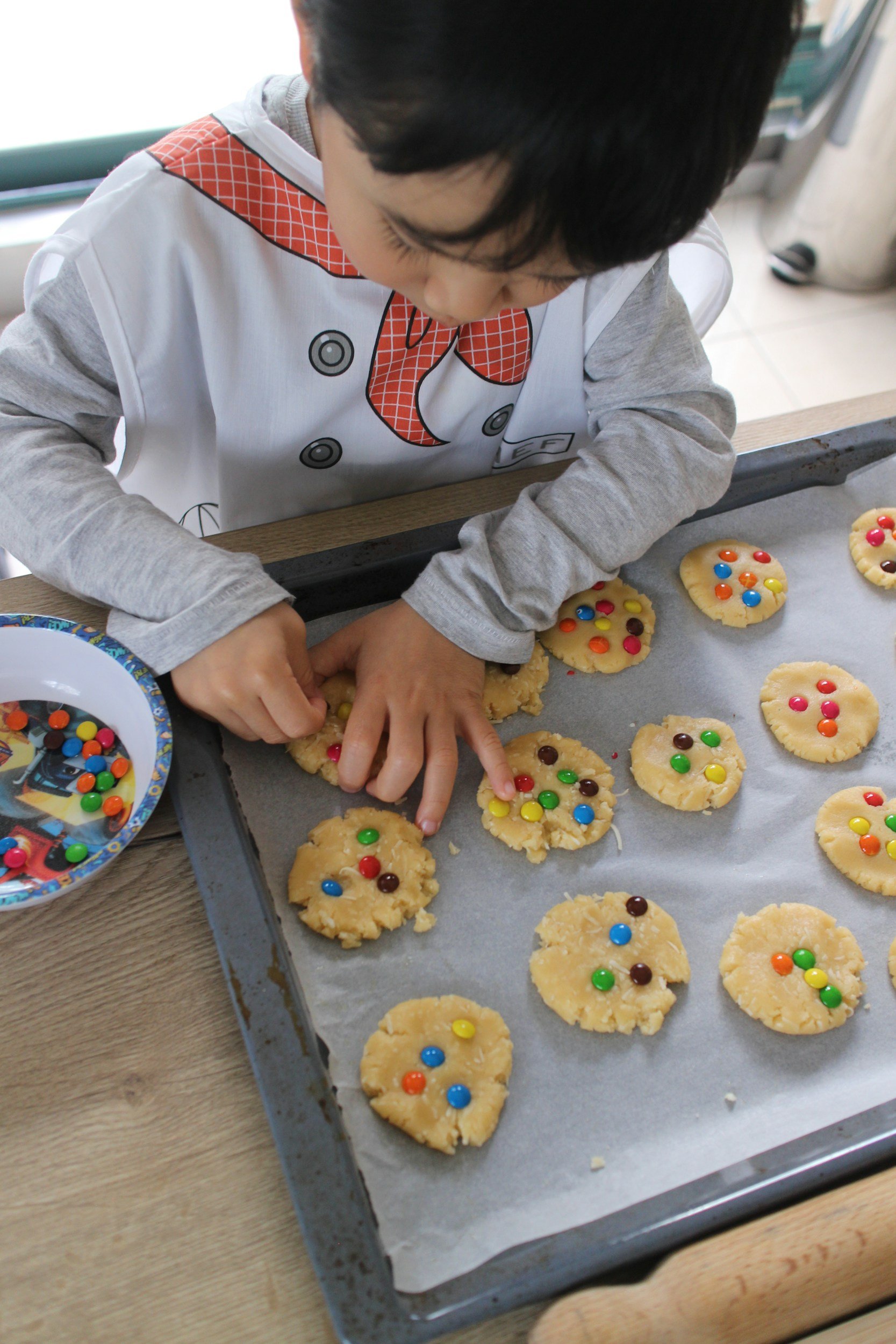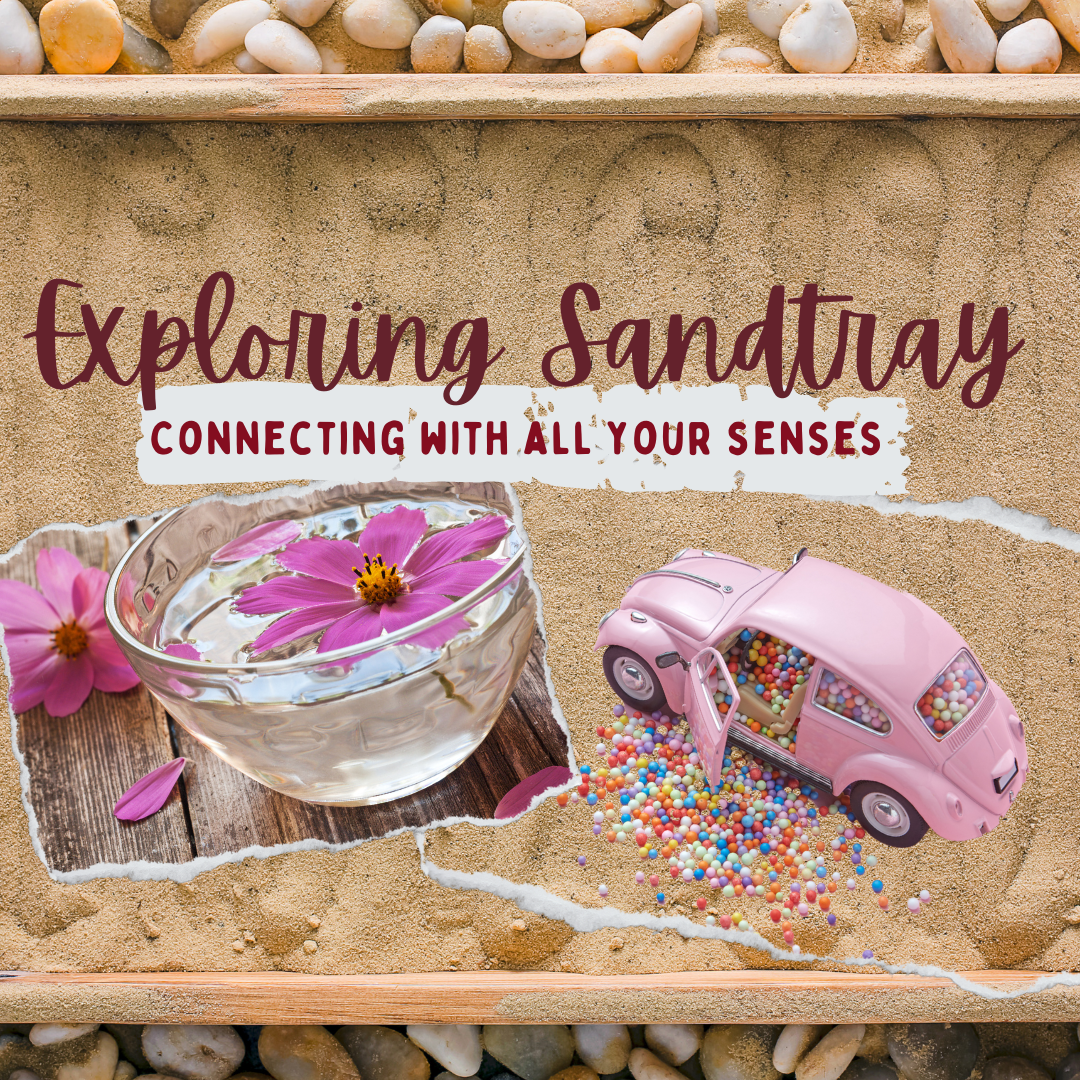
There’s no cookie-cutter approach to play therapy
Curious what style might be most effective with your child? Let’s chat.
AutPlay Therapy
AutPlay® Therapy was created by Dr. Robert Jason Grant. It is a neurodiversity affirming approach to implementing play therapy. I trained with Dr. Grant in 2024, to become a Certified AutPlay® Provider.
The AutPlay® framework is designed to assist play therapists in choosing and implementing customized play therapy interventions to address the mental health needs of neurodivergent children, ages 3-18 (autistic children, those with ADHD, social anxiety, sensory differences, learning differences, highly sensitive temperaments, and developmental and physical disabilities).
Parents play a significant role in this approach to family-focused support. This means I intentionally partner with parents to identify your child’s preferred modes of play and ways to engage them toward more regulation, connection, and felt safety—in their body, across environments, and by reading cues between them and other people.
We’ll collaborate, inviting your child’s input about what feels most important to them and how we'll join together to support them. Parents and children are valued and understood as partners in the therapy process. This means that I won’t insist on any particular way to play, without observing first observing your child’s strengths and preferences.
Developing strategies for approaching new challenges, structuring transitions, and practicing coping skills are part of my job. I’m happy to be an educational advocate, developmental consultant, and sounding board as you steer toward next steps.
Synergetic Play Therapy
Synergetic Play Therapy uses a blend of mindfulness skills, therapeutic play, attachment research, and nervous system regulation strategies.
This approach effectively helps kids develop new ways of expressing themselves, practice tuning in to their emotions, learn new strategies for stress coping, and increase capacity for everyday challenges.
In our play sessions, I’m watching for each child’s unique signs of empowerment and regulation, in the moment, as they use the toys and other materials as tools for exploring patterns, discovering new strategies and reflecting on their experiences—both past and current.
I’ll share with you the clues I’m seeing as they move toward therapy goals, and help you notice what shifts might be related outside the playroom—looking for evidence of both big and small changes. For example, as they lean into greater self-awareness and positive communication skills, you may see them become more expressive and confident.
Progress shows up in so many different flavors—we’ll learn to recognize theirs. And help you tune into your own strengths, responses, and new tools along the way.
Sandtray Therapy
We humans can use more than our minds and our words to find new solutions to problems and practice new ways of seeing the world. Sandtray therapy is an effective approach to exploring worries, fears, dreams, beliefs, and patterns of interacting that may need some help shifting or incorporating a new perspective.
A tray of sparkling sand (approx. 18” x 24”) and a collection of diverse miniature figures are the starting point for generating stories, exploring relationships, and taking on challenges at a more manageable scale. When we invite the hands, eyes, and imagination into the process of representing or recreating a child’s world, they can find the capacity and empowerment to make things happen, change the ending or outcome, and try new strategies without the pressure of finding the right words.
Sandtray therapy is a creative, open-ended, sensory-rich approach to experiential therapy that doesn’t require language, knowledge, or expertise—it’s an experiment in 3-D—inviting endless combinations, magical thinking, and interactive role play. My style in using the sandtray is to make it available and inviting, as another option for sharing about “what happened,: giving form to a dream or challenge that feels stuck, or simply showing what’s on their mind with full permission for non-verbal communication. This approach is compatible with lots of other play therapy techniques and theories, including AutPlay and Synergetic Play Therapy (as above).
I wrote about my approach, alongside several colleagues, in a book called The Embodied Brain and Sandtray Therapy: Stories of healing and transformation (Routledge, 2022)—detailing how this approach can be helpful with a range of issues and life experiences, including grief, identity development and belonging, attachment patterns, and family dynamics.

Whatever it is, a child’s preferred way to play offers unique benefits, fostering creativity, problem-solving skills, and social-emotional growth.
Being with trusted others doesn’t just feel good—it actually changes how we perceive the world and access our own resources.
Connection lightens the load.
— Dr. Megan Anna Neff, PhD, Autistic-ADHD Psychologist


